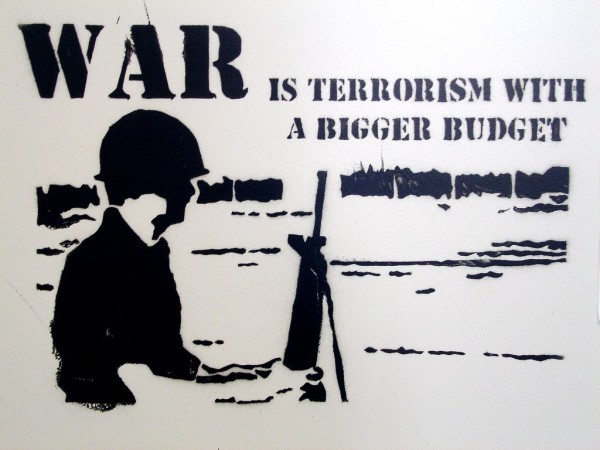It’s good to see the Sunday Star-Times attempting to get more information from government agencies about Daryl Jones, the Kiwi killed in a US drone strike in Yemen.
The paper is right to complain about the government’s refusal to provide anything.
The circumstances surrounding this state assassination of a New Zealander must not be hidden from the public. Democracy can only work if we have access to the facts and can make our own assessment. A Prime Minister should not, in secret, decide the rights and wrongs in such a life-or-death case. It isn’t acceptable for government agencies to use “national security” grounds to turn down all the Sunday Star-Times’ Official Information Act requests on this matter.
We know that the “terrorist” label (applied to Daryl Jones) is used pretty loosely by US authorities. According to the US government’s “March 2013 Watchlisting Guidance” document,
reproduced by Intercept,
“reasonable suspicion” that someone is a “terrorist suspect” is sufficient to put them on the US Terrorism Watchlist. The list is gigantic. In 2013 alone 468,748 names were put forward for the list, of which all but 4915 were included. I should add that most of these people are labeled “suspected terrorists” rather than “known terrorists” but any of them could have trouble being allowed to board a plane, or to get certain jobs.
Sure, the problems for terror “suspects” are greatest in the America, but they can experience trouble in the other 22 countries the US shares its list with. This presumably includes New Zealand. Eight years ago, when I sat on the parliamentary select committee considering the Anti-Money Laundering and Counter-Terrorism Financing Bill I asked which terrorist list the New Zealand officials used, and was told it was the US list.
You might ask how the US agencies can possibly put nearly half a million people on a terrorism list in one year. The answer is that you don’t have to do much to get on the list. A few angry Facebook or Twitter posts can do it. According to the Watchlisting Guidance document these posts don’t need to be corroborated by other evidence. The document says: “Although irrefutable evidence or concrete facts are not necessary, to be reasonable, suspicion should be as clear and as fully developed as circumstances permit.” Numbers are also expanded by including the suspect’s immediate family on the watchlist, even in circumstances where these relations are not suspected of engaging in any terrorist activity.
So how do you get off the list, if for example you have been stopped from getting on a plane? You can complain to the Department of Homeland Security Traveler Redress Inquiry Program, and they may adjust your watchlist status (although apparently all the US agencies that contributed information about you have to agree). According to Jeremy Scahill and Ryan Devereaux in the Intercept , everything is so secretive that a complainant “will not be told if her or she prevails”. Presumably you find out when you next try to board a plane.
[I was interviewed by a Fairfax reporter about the Daryl Jones case yesterday.
Click this link for my comments as reported in a Stuff website article
.]
